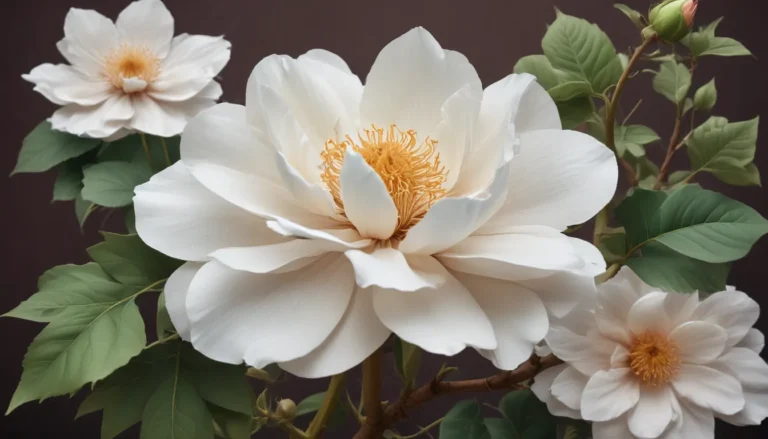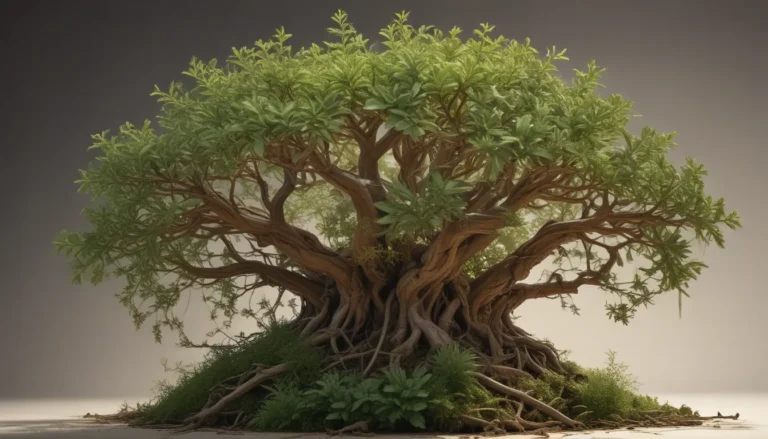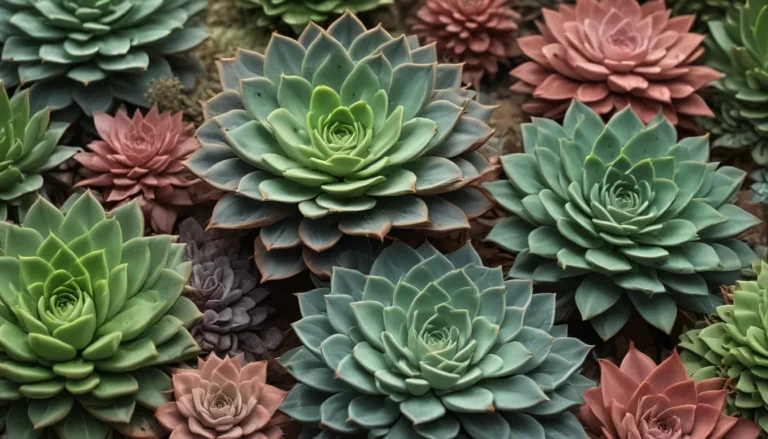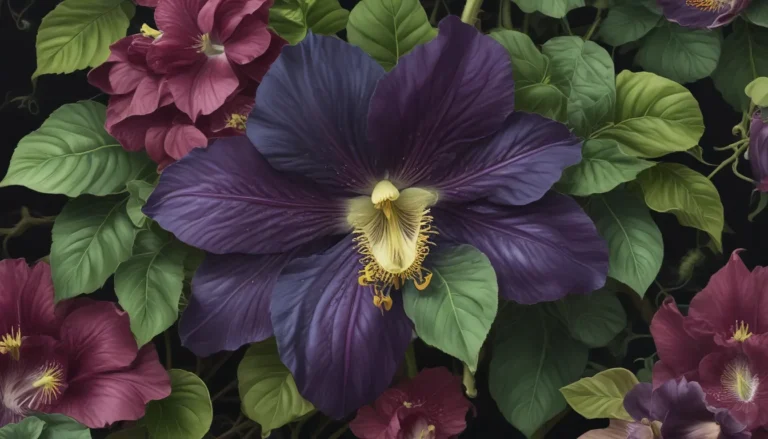The pictures we use in our articles might not show exactly what the words say. We choose these pictures to make you interested in reading more. The pictures work together with the words but don’t take their place. The words still tell you the important facts.
If you've ever marveled at the majesty of a towering spruce tree, you're not alone. These iconic symbols of resilience and natural beauty have captured the hearts of people worldwide with their timeless appeal. From their ecological significance to their cultural symbolism, spruce trees continue to play a vital role in our lives. Join us on a journey through the enchanting world of spruce trees as we uncover 19 fascinating facts that will deepen your appreciation for these remarkable giants.
Unveiling the Secrets of Spruce Trees
Spruce trees, belonging to the genus Picea, are coniferous evergreen trees known for their strength, adaptability, and striking appearance. Let's explore the key takeaways about these magnificent trees:
- Ecological Significance: Spruce trees play a vital role in forest ecosystems, providing habitat for wildlife, contributing to soil stabilization, and aiding in nutrient cycling.
- Cultural Symbolism: These majestic trees have long been associated with meanings such as longevity, resilience, and hope in various cultural contexts.
- Versatile Uses: From being used as Christmas trees to crafting musical instruments, spruce trees offer a multitude of practical applications.
Exploring the World of Spruce Trees
1. The Origins of Spruce Trees
- Genus Picea: Spruce trees belong to the genus Picea and are part of the Pinaceae family, with approximately 35 species found in the northern temperate and boreal regions.
- Etymology: The word "spruce" traces its origins back to the Old French word "pruce," which referred to Prussia, where the tree was believed to have originated.
2. Distinctive Features of Spruce Trees
- Conical Shape: Spruce trees are revered for their conical shape and spire-like crowns, making them a visually striking presence in any landscape.
- Christmas Tree Tradition: Their dense, evergreen needles and iconic conical form have made spruce trees a popular choice for Christmas tree decorations worldwide.
3. Valuable Aspects of Spruce Trees
- Wood Quality: Spruce wood is highly valued for its strength-to-weight ratio, making it a preferred material for construction, musical instruments, and paper production.
- Species Diversity: The Norway spruce (Picea abies) is one of the most widely planted spruce species in Europe, prized for its timber quality.
4. Resilience and Adaptability
- Diverse Environments: Spruce trees exhibit adaptability to a wide range of soil types and climatic conditions, from cold, northern regions to temperate zones.
- Traditional Medicinal Uses: The resin of spruce trees has been historically used for treating respiratory ailments and as a source of vitamin C.
5. Symbolism and Legacy of Spruce Trees
- Cultural Significance: Spruce trees have been symbolically linked to ideas of longevity, resilience, and hope across various cultures, highlighting their enduring appeal.
- Historical Beverage: Spruce beer, made from the tender growth at the tips of spruce branches, has a long history of consumption in different regions.
6. Challenges Faced by Spruce Trees
- Pests and Diseases: Despite their resilience, spruce trees can be vulnerable to pests like spruce budworms and diseases such as needle cast, affecting their health and vitality.
- Lifespan Variability: While some spruce species have relatively short lifespans, others like the Norway spruce can live for centuries under favorable conditions.
Embracing the Beauty of Spruce Trees
In literature and folklore, spruce trees have been celebrated for their strength, endurance, and connection to the wonders of nature. Their conservation is crucial for preserving biodiversity and ecosystem health. The enduring allure of spruce trees continues to captivate people worldwide, inspiring admiration and appreciation for these resilient giants.
Conclusion: A Tribute to Spruce Trees
In conclusion, spruce trees stand as remarkable symbols of natural beauty and resilience, offering a myriad of benefits to the environment and human well-being. By understanding their diverse roles and characteristics, we can foster a deeper appreciation for these majestic trees and promote their conservation and sustainable utilization. Let's continue to explore and learn about the wonders of nature through the captivating world of spruce trees.
FAQs: Your Spruce Tree Queries Answered
What are the common uses of spruce trees?
Spruce trees have various practical applications, including timber, pulpwood, and Christmas trees. The wood is sought after for construction, furniture, musical instruments, and more, while the boughs are popular for decorative purposes.
Are spruce trees susceptible to diseases?
Yes, spruce trees can be affected by diseases like needle cast, root rot, and cytospora canker. Monitoring their health and addressing signs of disease promptly is essential to preserve their vitality.
Explore the world of spruce trees further to unveil more fascinating facts and deepen your connection with these iconic conifers. Join us in our exploration of spruce tree facts and immerse yourself in the wonders of nature.






